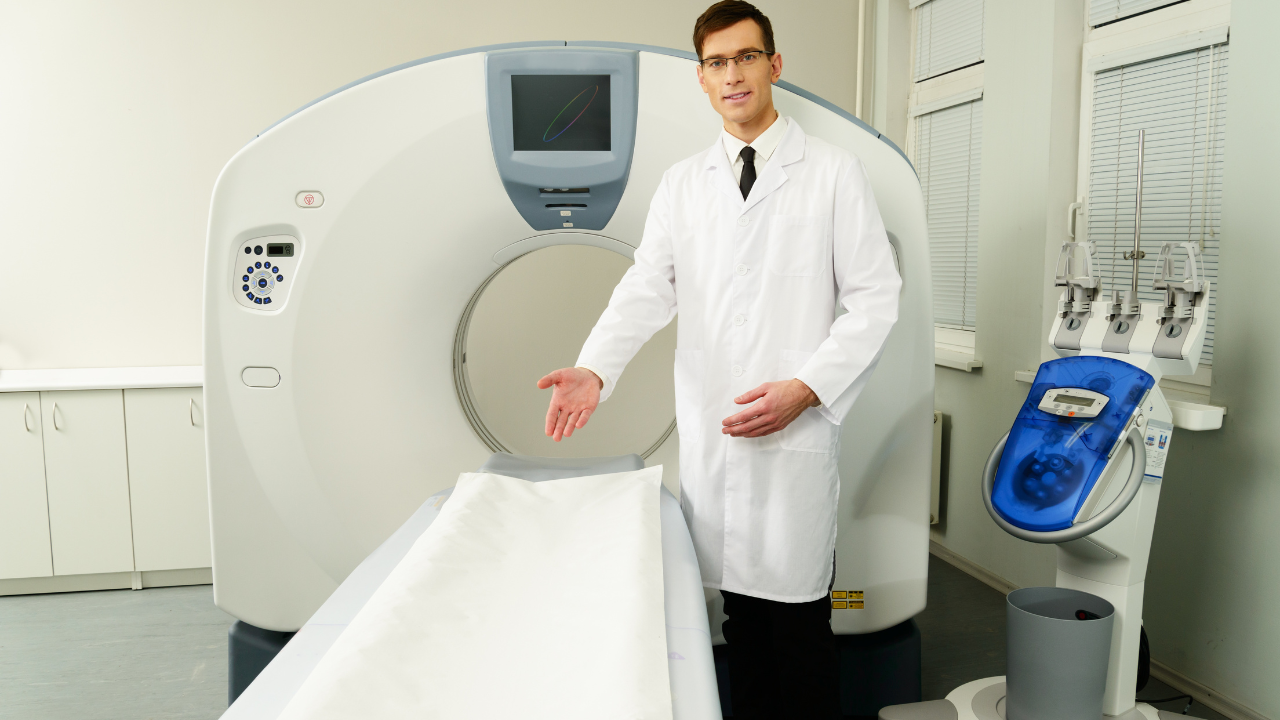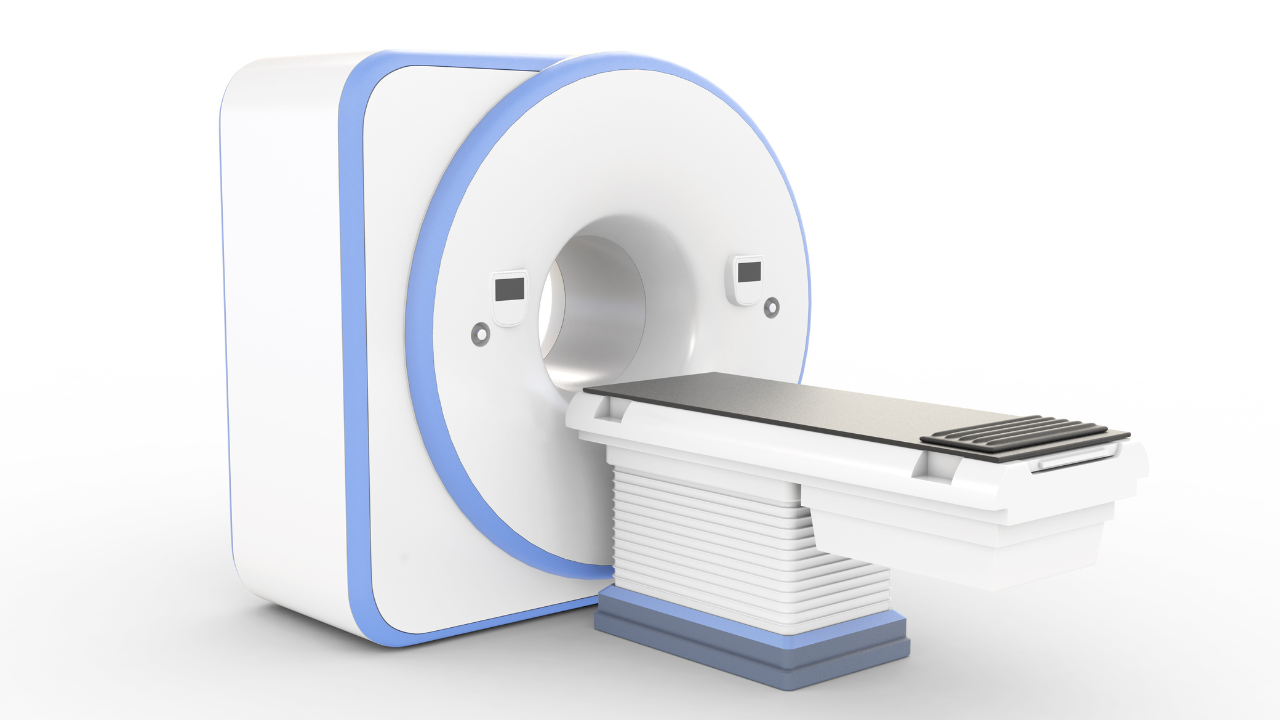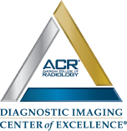Blog and News

Why Do Doctors Use Magnetic Resonance Imaging (MRI)?

Magnetic resonance imaging (MRI) is used to evaluate body tissue. It can be used to assess injury or disease in tissues, nerves, muscles, ligaments, and blood vessels. For example, it can be used to evaluate the lumbar region of your back for bone degeneration. MRI uses radio waves, so there is no danger of exposure to radiation as there is with x-rays.
The only way to see inside a human body better than with an MRI is to cut it open. MRIs are ideal for:
- Visualizing shoulder injuries
- Diagnosing multiple sclerosis
- Diagnosing infections in the brain, spine or joints
- Diagnosing tendonitis
- Visualizing torn ligaments in the wrist, knee, and ankle
- Evaluating masses in the body’s soft tissues
- Diagnosing strokes in their earliest stages
- Evaluating bone tumors, cysts and bulging or herniated discs
- Diagnosing tumors of the pituitary gland and brain
Advantages to the system also include the fact that MRI contrast materials (dyes) have a very low incidence of side effects. MRIs also have the ability to take images in any plane. CT scans are limited to one plane — the axial plane (If you think of a loaf-of-bread, the axial plane is how the loaf is sliced normally). An MRI system can make axial images as well as images in a sagittal plane (as if it were slicing bread lengthwise) and coronally (like the layers of a cake) or, for that matter, any degree in between. It can do all of this without the patient having to move.
Fox Valley Imaging’s services include fluoroscopy/arthrography, high field MRI/MRA, digital general x-rays, ultrasound, multidetector CT/CTA and DEXA. Consider Fox Valley Imaging as a faster, more convenient and more economical alternative to a local hospital or other medical diagnostic services. Appointments can be made by calling 630.416.1300.






